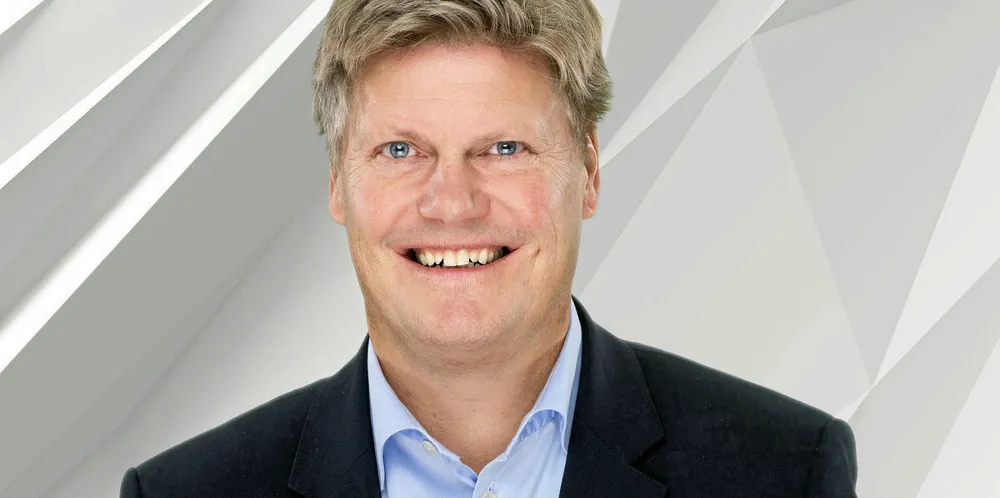'The money is there. It’s now about justifying the business case. That's the challenge'
The energy transition in Europe's northern waters is underway with companies in reinvention for a renewables-power world – veteran ABB among them. Managing director Per-Erik Holsten spoke exclusively with Darius Snieckus about its vision for 'North Sea 2.0'
